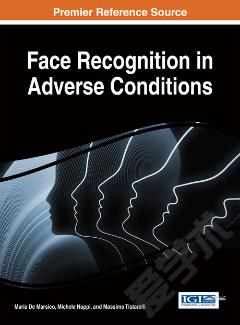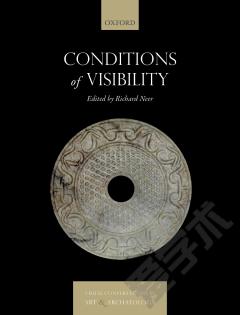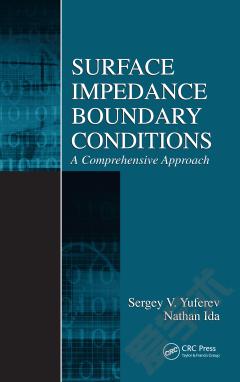Face Recognition in Adverse Conditions
Facial recognition software has improved by leaps and bounds over the past few decades, with error rates decreasing significantly within the past ten years. Though this is true, conditions such as poor lighting, obstructions, and profile-only angles have continued to persist in preventing wholly accurate readings. Face Recognition in Adverse Conditions examines how the field of facial recognition takes these adverse conditions into account when designing more effective applications by discussing facial recognition under real world PIE variations, current applications, and the future of the field of facial recognition research. The work is intended for academics, engineers, and researchers specializing in the field of facial recognition.
{{comment.content}}








 京公网安备 11010802027623号
京公网安备 11010802027623号